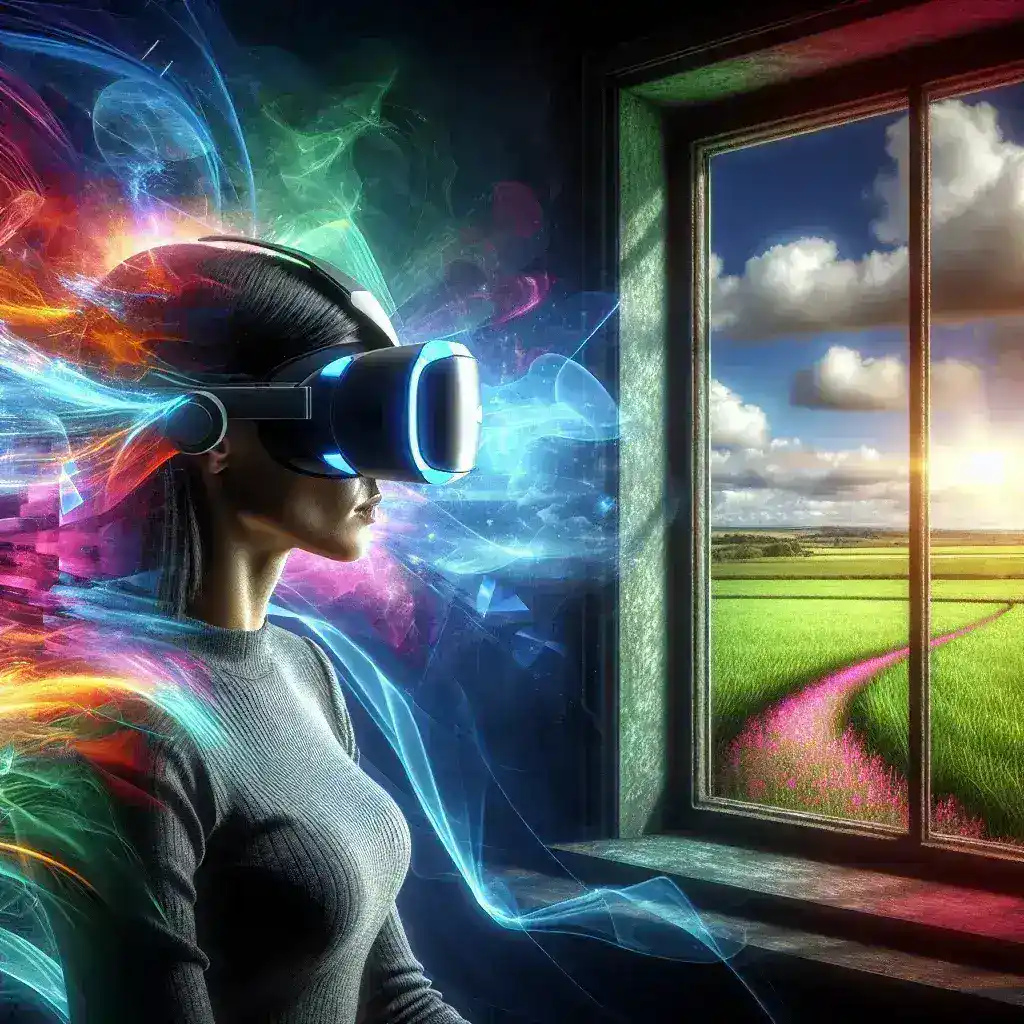Introduction
In an increasingly digital world, the allure of immersive experiences is undeniable. From virtual reality to augmented reality, these technologies promise an escape from the mundane, allowing users to engage in worlds that defy the limitations of reality. However, as captivating as these experiences may be, the importance of real-world connections cannot be overlooked. This article explores the delicate balance between immersive experiences and genuine human interaction, emphasizing the need for harmony between the two.
The Rise of Immersive Experiences
Immersive experiences have surged in popularity over the past decade, driven by advancements in technology. Here, we examine some of the key factors contributing to their rise:
- Technological Advancements: Innovations in virtual reality (VR) and augmented reality (AR) have transformed the way we engage with digital content.
- Increased Accessibility: With the proliferation of smartphones and affordable VR headsets, immersive experiences are now more accessible than ever.
- Entertainment Value: Gaming, movies, and virtual events have embraced immersive storytelling, captivating audiences worldwide.
Statistics on Immersive Experience Adoption
According to recent studies, the global VR market is projected to reach $44.7 billion by 2024. This staggering growth reflects the widespread adoption of immersive technologies across various sectors, including education, healthcare, and entertainment.
The Importance of Real-World Connection
While immersive experiences offer significant benefits, the value of real-world connections should not be underestimated. Here are several reasons why maintaining these connections is essential:
- Emotional Well-Being: Face-to-face interactions foster emotional well-being and help reduce feelings of isolation.
- Social Skills Development: Engaging with others in person helps develop essential social skills that can be diminished in a digital-first world.
- Physical Health: Active participation in real-world activities encourages a healthier lifestyle, combating sedentary behavior often associated with immersive technologies.
Comparative Analysis
When comparing immersive experiences with real-world connections, it’s essential to weigh the pros and cons of each:
Pros of Immersive Experiences
- Provides a unique escape from reality.
- Can enhance learning and retention through engaging simulations.
- Facilitates global connections in virtual environments.
Cons of Immersive Experiences
- Can lead to social isolation if overused.
- May result in decreased physical activity.
- Potential for addiction or escapism at the expense of real-life responsibilities.
Pros of Real-World Connection
- Promotes mental health and emotional resilience.
- Encourages active living and social interaction.
- Helps build a sense of community and belonging.
Cons of Real-World Connection
- May lack the excitement of immersive experiences.
- Can be limited by geographic constraints.
- Requires more time and effort compared to digital interactions.
Finding the Balance
So, how do we achieve a balance between the allure of immersive experiences and the necessity of real-world connections? Here are some strategies:
- Set Boundaries: Establish time limits for immersive experiences to ensure they don’t encroach on real-life interactions.
- Incorporate Both: Blend immersive experiences with real-world activities, such as using AR to enhance a museum visit.
- Mindful Engagement: Practice being present during real-world interactions to enhance emotional connections.
Practical Examples
Consider a virtual reality game that simulates a competitive environment. Players can meet in-person after playing to discuss strategies, fostering a community that maintains both digital and real-world connections. Similarly, educational institutions are increasingly using immersive technologies in classrooms while encouraging group discussions to reinforce learning.
Future Predictions
As technology continues to evolve, the integration of immersive experiences with real-world connections is likely to deepen. Experts predict that:
- New platforms will emerge, facilitating seamless transitions between virtual and real environments.
- Social norms will adapt to prioritize a hybrid model of interaction.
- Businesses will leverage immersive experiences to enhance customer engagement while maintaining authentic relationships.
Conclusion
In conclusion, balancing immersive experiences with real-world connections is vital in our rapidly changing landscape. As we embrace the benefits of technology, we must also remember the importance of human touch. The future lies in finding harmony—where immersive experiences enhance our reality, rather than replace it. By cultivating meaningful relationships in real life while enjoying the wonders of immersive technologies, we can lead enriched, fulfilling lives.

